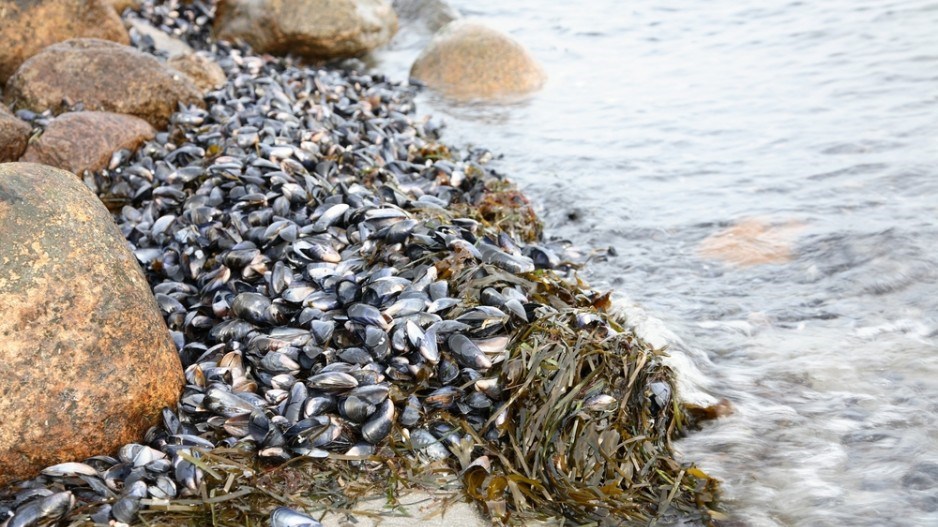As if the funding of forestry conservation projects through Pacific Carbon Trust offsets were not controversial enough, the B.C. government is now funding a study to explore the carbon sequestration potential of estuaries.
The B.C. government is providing $30,000 to commission a first-phase study aimed at helping coastal communities cash in on the carbon offset market by protecting estuaries.
The study is being done in partnership with Vancouver Island University and the Comox Valley Project Watershed Society. It is intended to identify the “blue carbon” potential of seashores.
Blue carbon is the CO2 sequestered in shellfish, marine plants and sediment.
“Healthy estuaries remove and store carbon dioxide – possibly even more effectively than plants on land,” a government news release states.
Even supporters of carbon offsets for fighting climate change question some biological sequestration approaches, such as reforestation and ocean sequestration, because the environments themselves have so many variables that it is difficult to accurately calculate how much carbon can be sequestered and for how long.
A simple disturbance in the ecosystem can wipe out any presumed sequestration potential.
The study will identify eligible project areas for blue carbon projects on the B.C. coast and calculate a reasonable cost per tonne for marine carbon sequestration and undertake the “necessary research and analysis to support the creation and sale of greenhouse gas offsets from blue carbon projects.”
It’s not clear whether the government plans to invest in such offsets through its own Crown offset broker – the Pacific Carbon Trust – or merely allow coastal communities to market offsets on the open carbon market.
“By leveraging blue carbon, we have the opportunity to reduce the risk of sea level rise and ocean acidification, and repair centuries of habitat destruction,” said Environment Minister Terry Lake.
“Blue carbon also supports community-based efforts to create climate change solutions locally and will make possible cultural, economic and environmental benefits.”
Paul Horgen, chairman of the Comox Valley Project Watershed Society, said, “Eelgrass meadows are disappearing from coastal estuaries as a result of pollution, habitat destruction and burial. Their loss is a loss of an important natural carbon sink.
“Restoration efforts have economic and climate adaptation benefits, and provide key wildlife habitat – a hat-trick for the environment.”
On March 27, Auditor General John Doyle issued a report that questioned the credibility of the carbon offset investments made through the PCT.
Read next week’s issue of Business in Vancouver for more on carbon markets.




